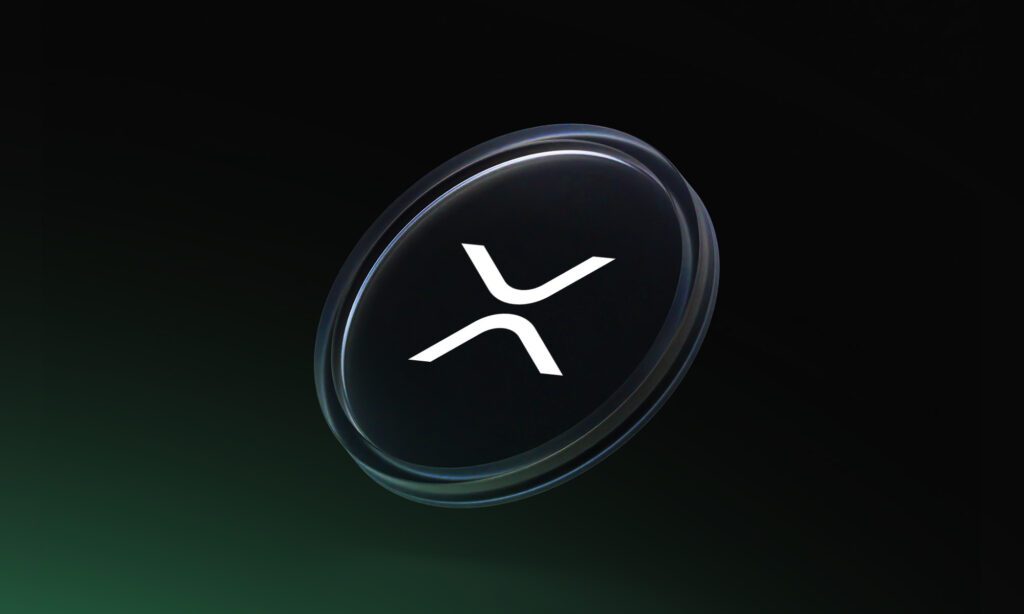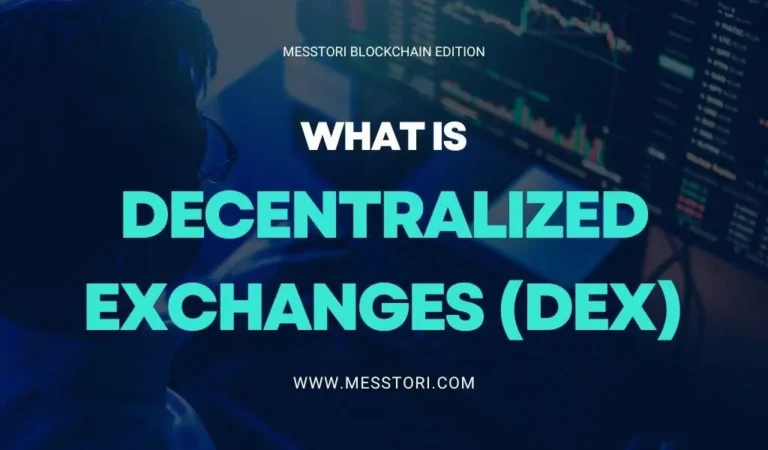Cryptocurrencies have opened the door to a new digital economy—and at the center of that transformation are crypto exchanges. Whether you’re a curious beginner or a seasoned investor, understanding how these platforms work is essential.
This comprehensive guide will walk you through everything you need to know about crypto exchanges, including the difference between centralized exchanges (CEX) and decentralized exchanges (DEX), how to choose the right one, and how to start trading with confidence.
What is Crypto Exchange?
A crypto exchange is a digital marketplace where individuals can exchange cryptocurrencies for other assets, such as fiat money (like USD, EUR, or VND) or other digital currencies (Bitcoin, Ethereum, etc.). Crypto exchanges operate as online platforms, similar to stock exchanges, but for digital currencies and tokens.
These platforms are designed to facilitate easy and secure trading, supporting various transaction types and providing tools for both beginners and advanced traders.
🏛️ Prefer Structure and Simplicity? Explore Centralized Exchanges (CEX)
Learn why CEXs are ideal for beginners, offering regulated, fiat-friendly, and user-friendly crypto trading platforms.
👉 Explore CEX PlatformsCentralized vs decentralized Exchanges
Crypto exchanges come in two main forms: centralized exchanges (CEX) and decentralized exchanges (DEX). Understanding the differences helps users choose the right platform for their needs.
- Centralized Exchanges (CEX)
These platforms are operated by companies that act as intermediaries. Users create accounts, deposit funds, and trade through the platform’s interface. The exchange manages order books, holds user funds, and often provides customer support.
Pros: High liquidity, user-friendly, supports fiat on-ramps, offers a wide range of features.
Cons: Users do not control private keys, potential custodial risks, subject to regulations and possible security breaches.
- Decentralized Exchanges (DEX)
These platforms use blockchain technology to allow users to trade directly from their crypto wallets, without the need for a central authority. DEXs operate using smart contracts and automated protocols.
Pros: Users retain control of funds, greater privacy, less censorship.
Cons: Lower liquidity, less intuitive for beginners, limited fiat support, and fewer advanced trading features.
🔓 Curious About Decentralized Exchanges (DEX)?
Discover how DEXs empower users with full control, privacy, and peer-to-peer trading—without intermediaries or KYC.
👉 Learn More About DEXSuggest: Types of Crypto Exchanges: A Complete Guide to CEX, DEX, Hybrid, and P2P Platforms
History and evolution of Crypto Exchanges
The first crypto exchange emerged soon after Bitcoin’s creation. Over the past decade, the industry has experienced significant milestones and rapid growth:
- Early Platforms: Early exchanges like BitcoinMarket.com and Mt. Gox set the foundation but were often unregulated and prone to hacks.
- Mt. Gox Collapse (2014): Once the world’s largest crypto exchange, Mt. Gox’s hack led to the loss of hundreds of thousands of Bitcoins, highlighting the need for better security and transparency.
- Rise of Major Players: The launch of Binance in 2017 marked a new era, introducing low fees, a vast selection of tokens, and user-focused innovation. Today, exchanges like Binance, Coinbase, and Kraken serve millions of users worldwide.
- The Decentralization Movement: With the rise of DeFi (Decentralized Finance), decentralized exchanges like Uniswap and PancakeSwap offer new ways to trade, swap, and earn without a central authority.
Modern exchanges have evolved to offer features like staking, lending, futures trading, NFT marketplaces, and integrated wallets, catering to both retail and institutional investors.
Why use Crypto Exchange?
People use crypto exchanges for a variety of reasons:
- Buying and Selling Crypto: Easily convert fiat to cryptocurrencies or trade between digital assets.
- Investment and Trading: Access advanced trading tools, charting, and real-time data for spot, margin, and futures trading.
- Wallet Services: Many exchanges offer custodial wallets for storing crypto securely or provide integration with external wallets.
- Earning Opportunities: Take advantage of staking, lending, savings products, and liquidity pools to grow your digital assets.
- Access to New Tokens: Participate in token launches, airdrops, and new blockchain projects directly on exchange platforms.
A reliable crypto exchange empowers users to enter, participate, and thrive in the dynamic crypto market.
Tips for choosing the right Crypto Exchange
- Security: Look for platforms with robust security measures, such as two-factor authentication, cold storage, and insurance funds.
- Reputation: Choose exchanges with positive user feedback and transparent operations.
- Fees: Compare trading, withdrawal, and deposit fees across different platforms.
- Supported Coins: Ensure the exchange supports the cryptocurrencies you want to trade.
- Regulation and Compliance: Opt for exchanges that follow local regulations and require proper identity verification.
How do Crypto Exchanges work?
A crypto exchange works by matching buy and sell orders between users. When someone places a buy order for Bitcoin, for example, the platform looks for a corresponding sell order. Once matched, the exchange facilitates the trade and updates account balances instantly.
Centralized exchanges use order books to track supply and demand. Users deposit funds into the platform, which then manages the trade execution. On the other hand, decentralized exchanges rely on smart contracts to allow peer-to-peer trading directly from users’ wallets.
Key processes include:
- User registration and verification (KYC)
- Wallet address creation and fund deposit
- Placing buy/sell orders on the trading interface
- Order matching and trade execution
- Withdrawals back to private wallets
Most platforms also charge trading fees—typically a small percentage of each transaction. These fees vary based on volume, user tier, or whether the user is a maker or taker.

What to look for when choosing a Crypto Exchange
When selecting a crypto exchange, you should consider several essential factors to ensure security, convenience, and long-term usability.
- Security: Choose platforms that offer two-factor authentication (2FA), cold wallet storage, and insurance funds (like Binance’s SAFU).
- Regulatory Compliance: Ensure the exchange complies with your local regulations and has a strong KYC/AML policy.
- User Interface: Beginners benefit from intuitive design and easy navigation.
- Trading Volume and Liquidity: High liquidity allows for faster and more accurate trade execution.
- Available Cryptocurrencies: Some exchanges offer hundreds of coins, while others focus only on top assets.
- Supported Fiat Currencies: If you want to deposit via bank transfer or credit card, ensure the platform supports your local currency.
- Customer Support: 24/7 multilingual support is crucial if problems arise.
- Mobile App Availability: A powerful app enables trading on the go.
Selecting the right platform based on your goals and experience level can significantly impact your crypto journey.
Pros and cons of using a Crypto Exchange
- Easy access to buy, sell, and hold digital assets
- Access to a wide range of coins and trading pairs
- Advanced tools for charting and analysis
- Staking, lending, and earning opportunities
- High liquidity for popular assets
- Custodial risks (especially on CEXs)
- Subject to hacks, scams, and phishing attacks
- KYC requirements may limit privacy
- Regulatory uncertainties in certain countries
- Trading fees can accumulate over time
Always use secure practices and choose reputable platforms to minimize the risks associated with trading.
Are Crypto Exchanges safe?
Crypto exchanges can be safe if they have robust security systems and follow strict compliance protocols. However, not all platforms are created equal. The safety of your assets depends on both the exchange and your personal practices.
| Security Feature | Description |
|---|---|
| Two-Factor Authentication (2FA) | Adds an extra layer of login security using apps like Google Authenticator or SMS codes. |
| Cold Storage | Majority of user funds are stored offline to prevent hacking attempts. |
| Withdrawal Whitelisting | Allows withdrawals only to pre-approved wallet addresses. |
| Bug Bounty Program | Rewards ethical hackers for reporting platform vulnerabilities. |
| Regulatory Licenses | Operates under financial authorities like FinCEN, MAS, or FCA for added legitimacy. |
That said, even top exchanges have been breached in the past. It’s wise to only store assets you actively trade on an exchange, and move long-term holdings to a secure private wallet.
Glossary: Common Terms Used on Crypto Exchanges
Here are some commonly used terms you’ll encounter on any crypto exchange:
Understanding these terms helps you navigate exchanges more confidently and avoid costly mistakes.
Key Takeaways
A crypto exchange is more than just a trading platform—it’s your entry point to the cryptocurrency ecosystem. From the early days of Bitcoin trading to today’s sophisticated platforms, exchanges continue to evolve, offering more features, greater security, and easier access for users worldwide.
When starting your crypto journey, always prioritize security, stay informed, and choose the exchange that best matches your needs and experience level.
FAQ – About Crypto exchange
- Feigua Data: China’s Leading Short-Video & Live Commerce Analytics
- Marketing plan for crypto: How to build trust and engage the crypto community
- Top AI Agent Crypto Coins Set to Explode
- Fintech24h and UFIN Group Forge Strategic Alliance to Empower Web3 and Fintech Innovation
- Cryptocurrency Marketing: Understanding the Basics and Key Concepts








